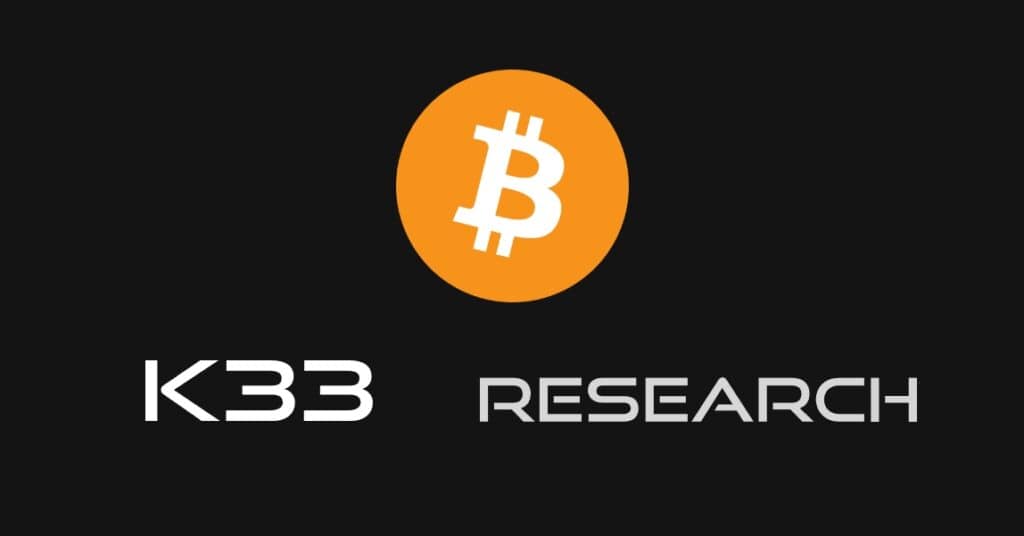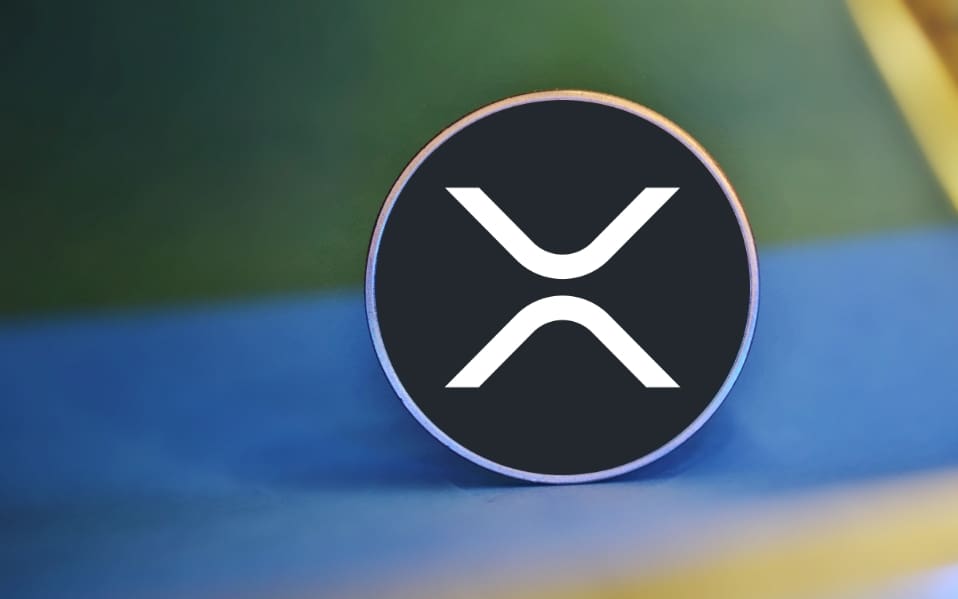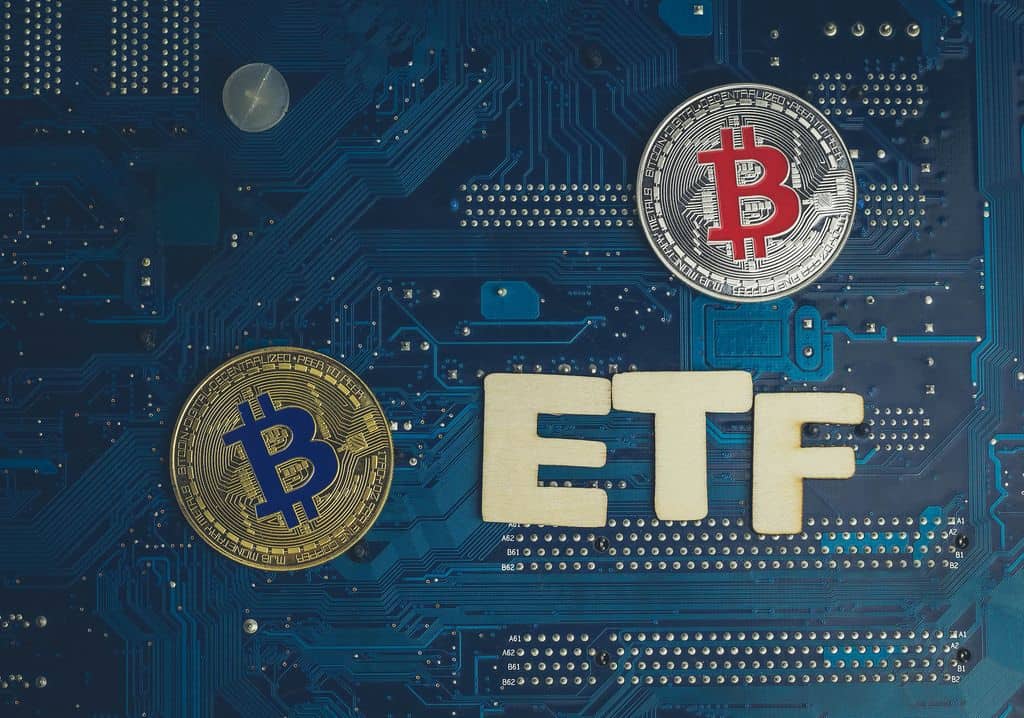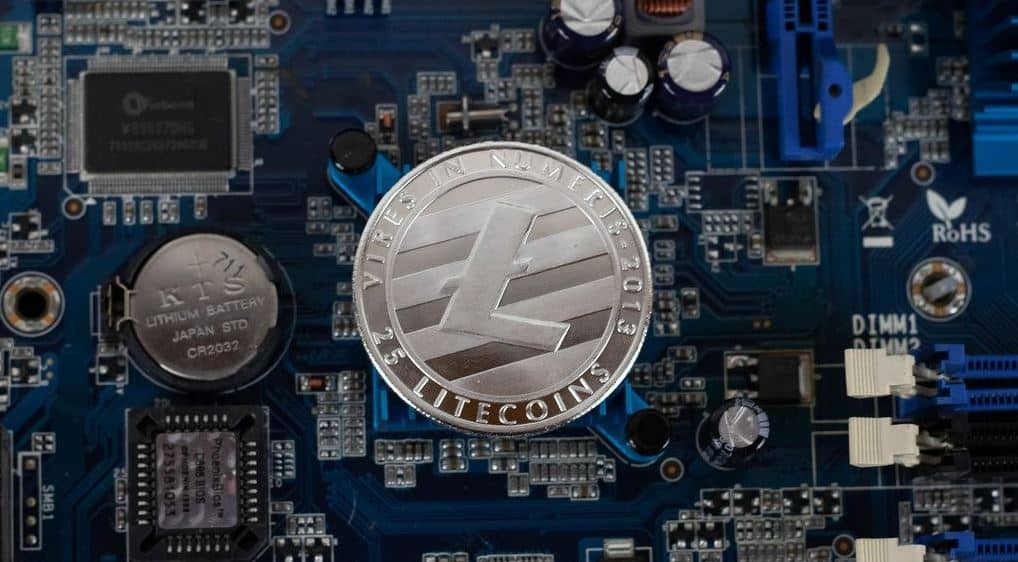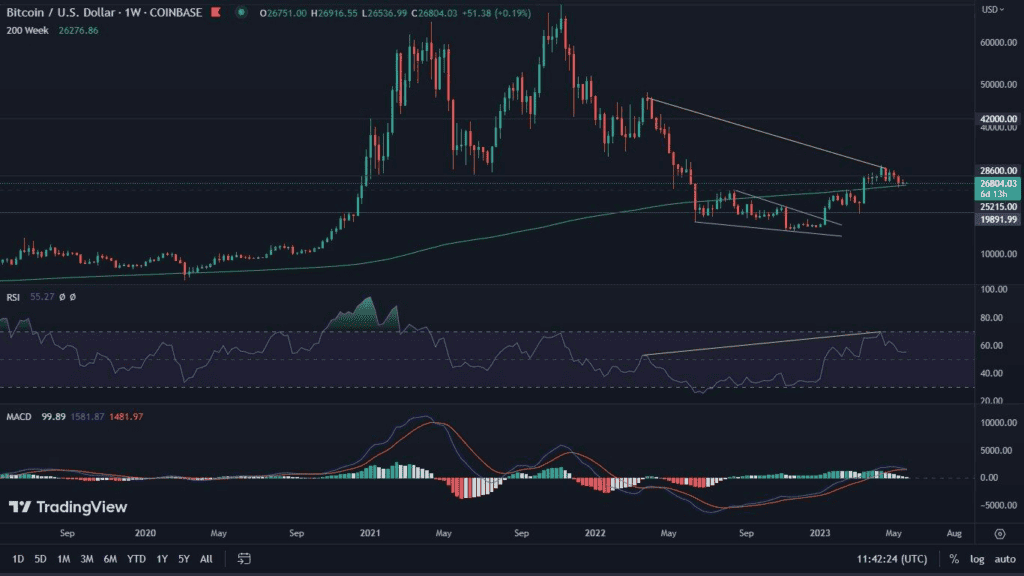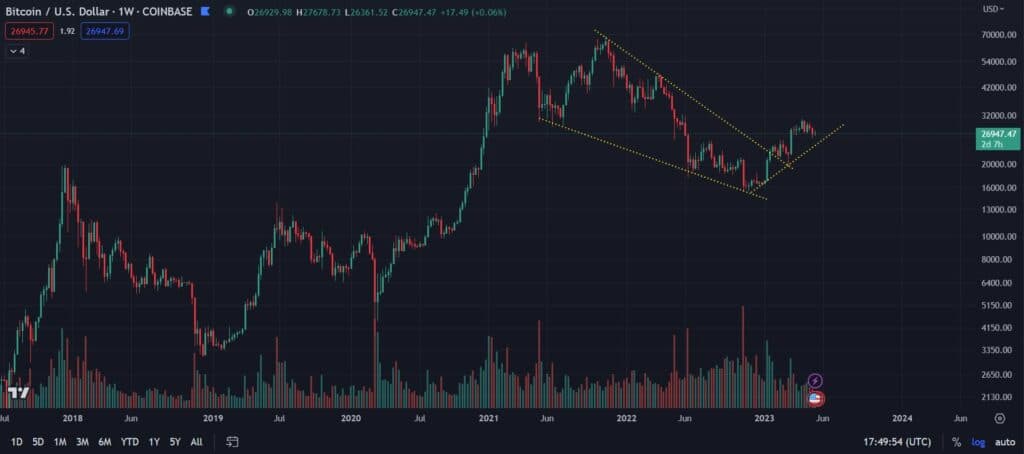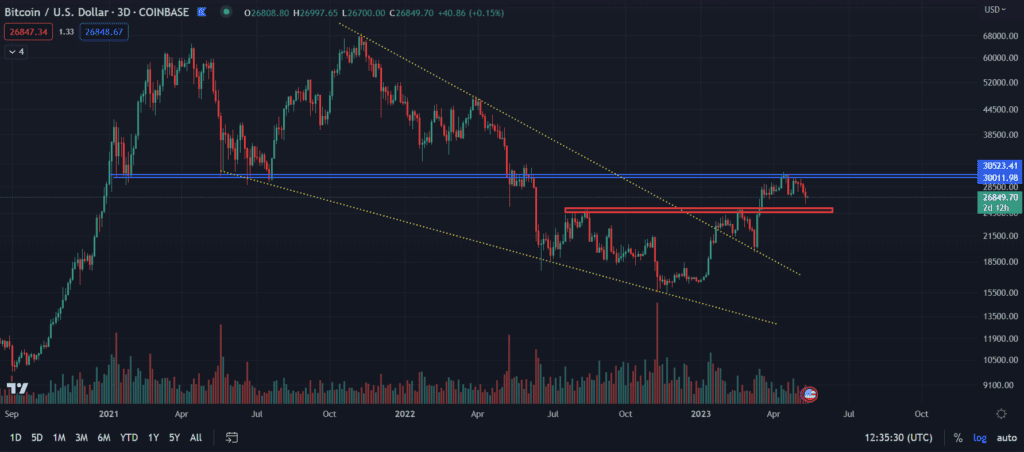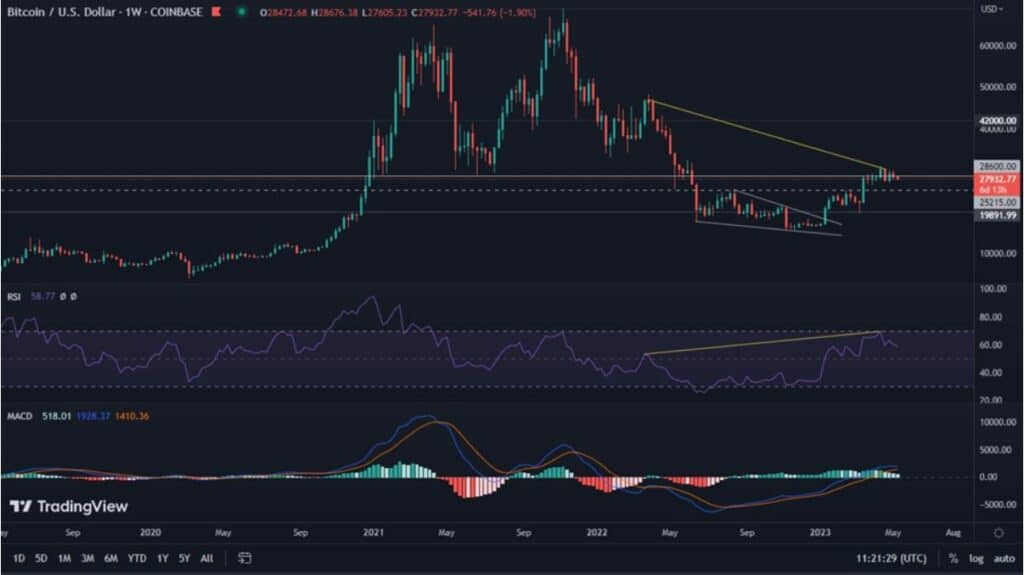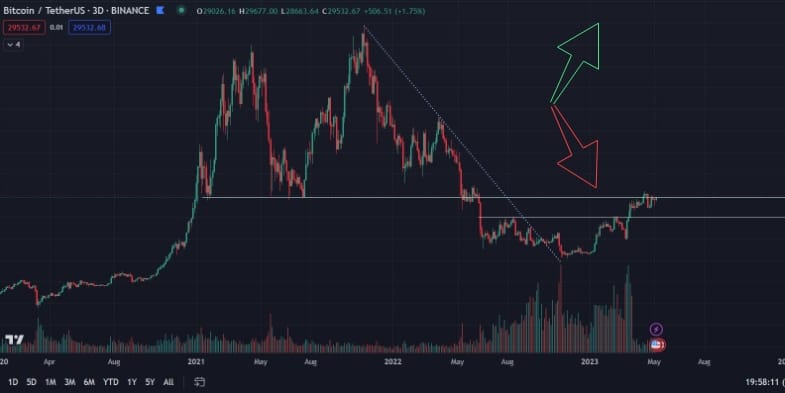According to European Central Bank (ECB) officials, cryptocurrencies, including Bitcoin, are extraordinary risk assets. According to this principle, they should be subject to restrictions, and bank exposure to them should be limited.
Banking regulation of cryptocurrencies as early as 2025
The Basel Committee on Banking Supervision (BCBS) plans to introduce global standards in 2025, and with them restrictions on cryptocurrency participation in the banking sector. Meanwhile, the European Central Bank expresses a deep expectation that leading financial institutions will already demonstrate their ability to limit both their own and their clients’ exposure to virtual assets.
Thus, preliminary guidelines have been created that divide cryptocurrencies according to two standards. Each corresponds to a different risk. Possible exposure management based on them is therefore diverse.
The main example here is Bitcoin, which is classified as an asset belonging to group two. This means increased risk, due to, among other things, its volatility. But that’s not all. In the case of BTC, according to the BCBS, the problem is the cryptocurrency’s “lack of security.” Also at stake is the asset’s alleged inability to avoid significant risks, as well as the lack of a system which, when used, would counter possible money laundering.
Stablecoins as high-risk products
According to the bulletin issued on February 15, most stablecoins are also included in the second group. This is in response to their difficulty in keeping pegs to the currencies they refer to. As the source text reports:
“they are subject to the newly recommended conservative capital treatment with a risk weight of 1.25% and an exposure limit of less than 1%.”
This second group of cryptocurrencies is now under the watchful eye of regulators. This is an important signal for banks, which may soon be faced with having to limit their exposure to them.
Meanwhile, the first group presents a slightly different picture. The risk associated with increased exposure to them is much lower. Interestingly, it also includes selected stablecoins. In addition to them, Central Bank Digital Currencies (CBDCs) are included, as well as tokenized versions of traditional assets.
Recommendation suggests putting in place safeguards
Before introducing cryptocurrencies into their offerings, banks must ensure that the services and products associated with them are in line with the company’s “risk appetite and strategic goals.” In addition, the law, which is expected to take effect within the next two years, involves assigning cryptocurrencies the highest possible risk rating. It amounts to 1,250% and is expected to oblige banks to hold an equal amount of collateral capital.






